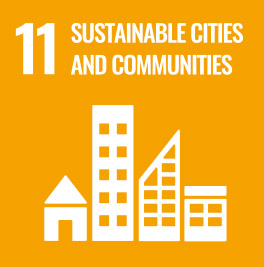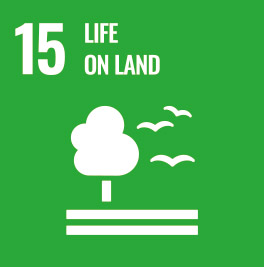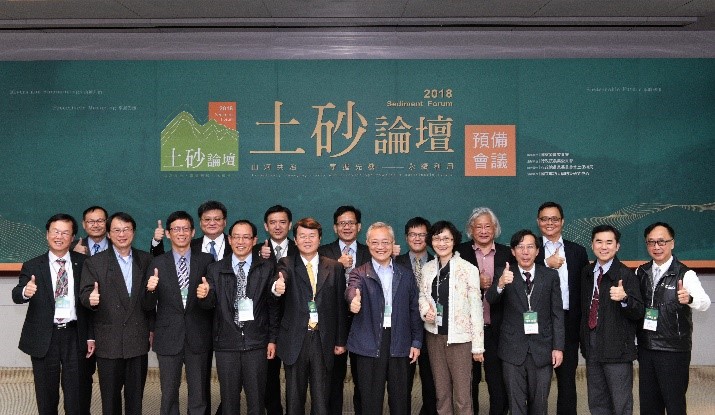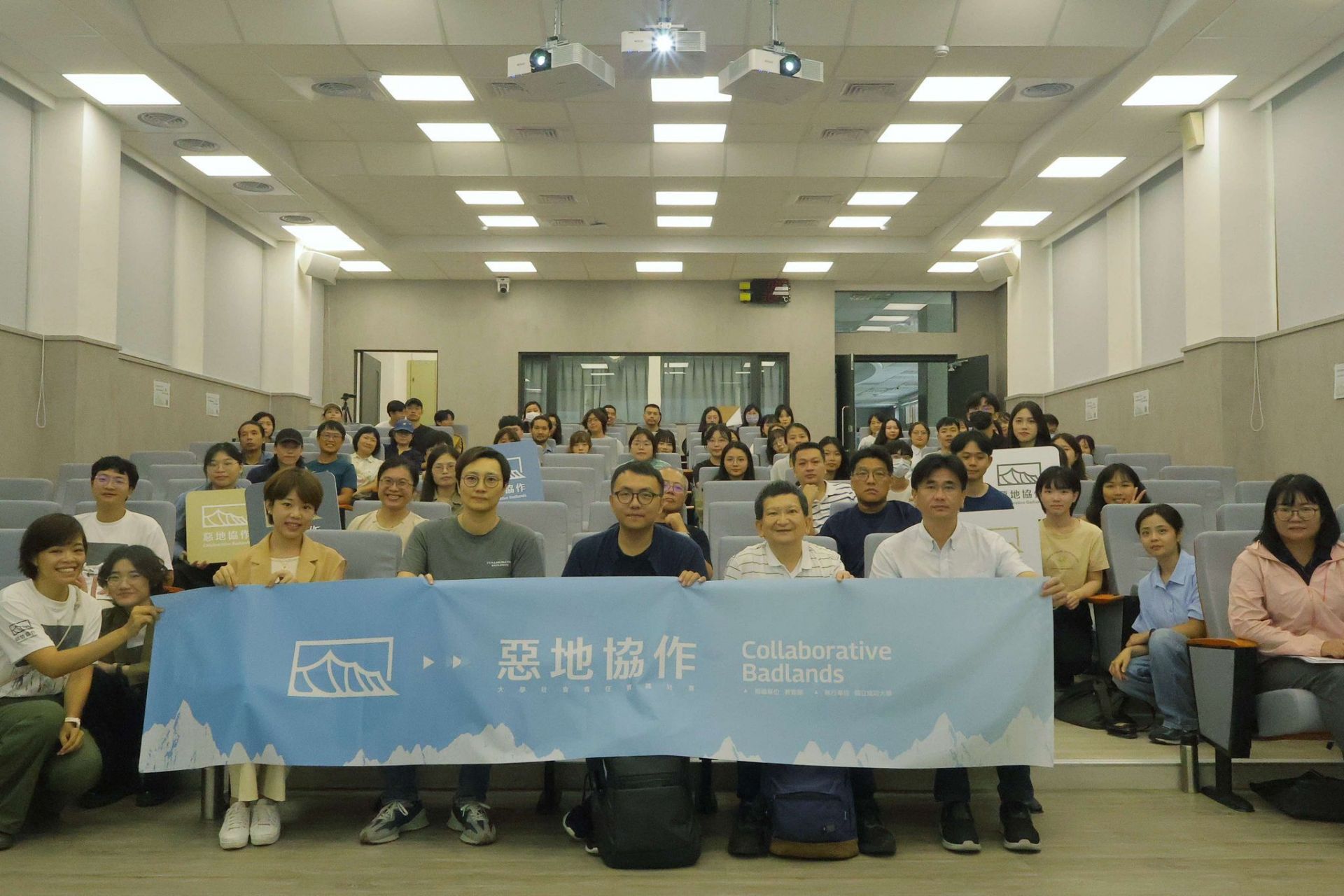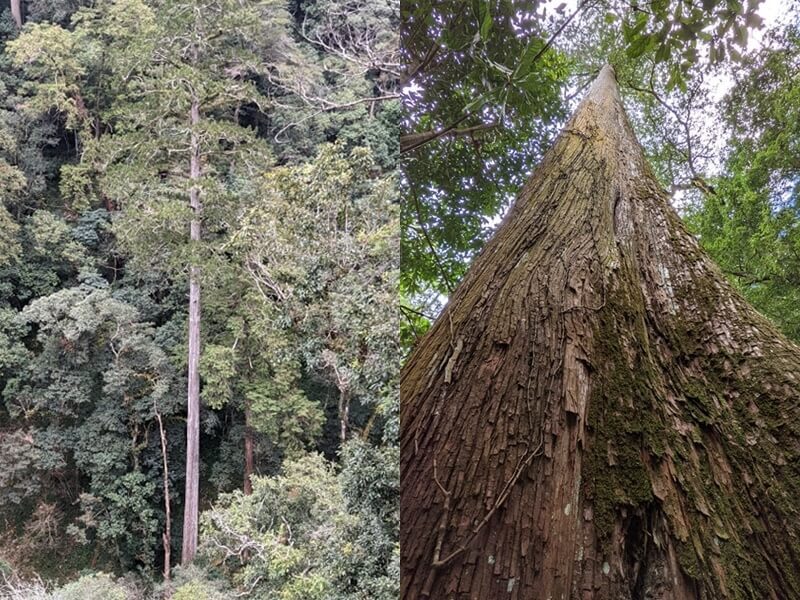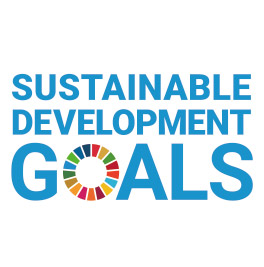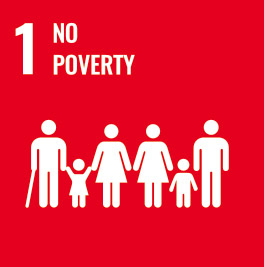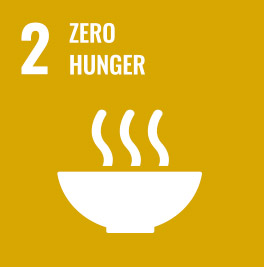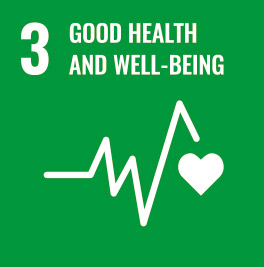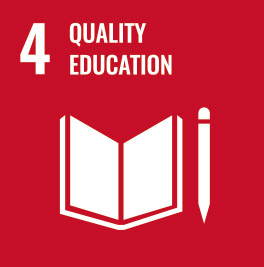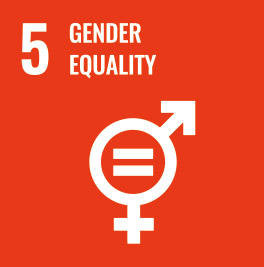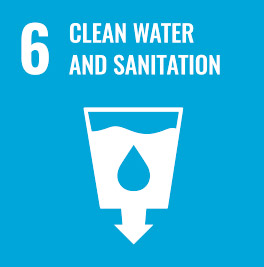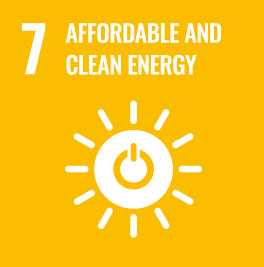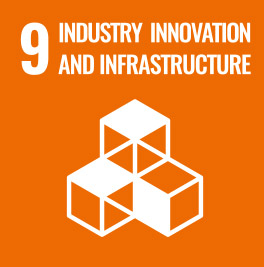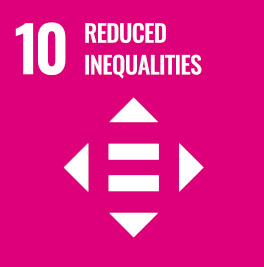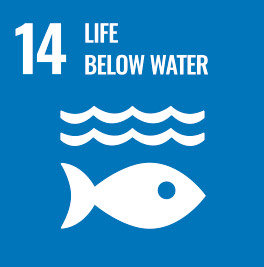This year, the National Cheng Kung University (NCKU) conducted the third phase (years 112-113) of the University Social Responsibility Practice Program (USR), titled "Gentle Breeze under Changduanshu: Constructing Environments for Healing." It is an extension and further development of the NCKU USR-Hub's seed project Natural Healing of Changduanshu - Walking the Land and Feeling the Wind," led by Professor Heng Zhang (Scopus) of the NCKU Department of Architecture. This phase of the project differs from the previous one in that it not only beautifies and organizes idle and messy community spaces but also emphasizes the operation of these spaces. It aims to integrate cultural and artistic activities along with healing practices into the community, establish communication and operational platforms, promote interaction among community residents and newcomers, and transform the area into a sustainable and healing ecological community.
The settlement of Changduanshu is located in the remote Houbi District of Tainan City, where residents primarily engage in agriculture. Facing issues such as environmental disorder, the emergence of idle spaces, and the need to care for and support vulnerable groups due to population migration and an aging population, Professor Heng Zhang was inspired to contribute to community development about 6-7 years ago. This inspiration came from several university professor friends who were involved in community service, teaching children supplementary lessons. It prompted her to consider applying her expertise in environmental planning to community projects. The collaboration with Changduanshu settlement was facilitated by Mei-Hsueh Chang, the Executive Director of the Tingshang Community Development Association.
Initially, the team adopted the "Environmental Behavior Research Laboratory" (IEBS) to adopt environmental planning and improvement projects in the Changduanshu community. Later, to increase students' sense of belonging to the local community and their participation in community service as part of the university's social responsibility, courses such as "Architectural Design," "Environmental Behavior Theory," "Integrated Design and Art Practice," and "Architecture and Environmental Design" were developed. These courses guide students to directly engage in community projects, from renovation to construction, enabling them to apply their theoretical knowledge to real-world situations and create their ideal spaces. This approach also fosters closer relationships between students and community residents, creating opportunities for intergenerational learning exchanges.
Through close collaboration between the team and the Changduanshu community, the previous phase of the project has transformed idle spaces and ancient houses into public spaces for residents' use. These include Changduanshu Park, Coffee Box, Secret Garden, Jingzhong Triangle Park, Jingzhong Art Corner, and Yang Family Old House. The ongoing projects include the Green Art Long Embankment and Mango Hut. The current phase of the project integrates resources comprehensively, establishes collaborative platforms across disciplines, schools, borders, and countries, and promotes local revitalization. It aims to develop Changduanshu settlement into a self-sustaining ecological community by building strong connections across three dimensions: land (creating a healing environment in Changduanshu), production (developing characteristic industries), and people (fostering community cohesion), ensuring the community's sustainable development.
In this phase, the project will also collaborate with international schools. This summer, a workshop will be held at Changduanshu with students and faculty from the Human-Environment Design Department of Kio University in Japan to propose and implement regeneration plans for local idle or abandoned spaces. This will involve exchanges of ideas and sharing of results with Taiwanese students and community residents. Additionally, in the winter, students and faculty from Technische Universität Darmstadt/Design and Open Space Planning will visit the community to study the case of community building by the NCKU IEBS team in rural areas.
Mei-Hsueh Chang, the Executive Director of the Community Development Association, expressed that under the transformation led by Professor Heng Zhang's team, the community has gained high recognition from the majority of residents. It has become a social gathering place for many grandparents, despite facing challenges such as finding venues, obtaining resources, securing corporate sponsorship, and communicating with government agencies. Chang further commented that the NCKU students brought by Professor Heng Zhang are not afraid of hardship or dirt, are polite, and are different from the teams they have worked with in the past. "The team cares more about the long-term operation of the community and sustainability."
"What is 'healing'?" was my initial question during the interview. Professor Heng Zhang defined healing as returning to the essence of human nature, much like the calibration process of an instrument. She believes that the process of calibration is healing. She hopes to create an environmental space that can provide people with the process of calibration, allowing them to feel the original, which means feeling healthy, happy, and fulfilled.
I remember Professor Heng Zhang once mentioned "holistic education" in a previous interview video. She said that many people's understanding of architecture is limited to the engineering aspect, but architecture is actually a combination of engineering and humanities. In addition to learning theoretical knowledge, architecture students should also learn to experience and feel. "To love the people on the land, love the environment, and have responsibility and love." Professor Heng Zhang is proactive. Once she sets a clear goal, she actively seeks resources. If she needs assistance from professionals, she proactively visits them to seek their help. When recruiting artistic and creative teams for this phase, she took the initiative. She said, "When encountering problems, face them head-on and flow around obstacles like water, continuing to move forward."
The settlement of Changduanshu is located in the remote Houbi District of Tainan City, where residents primarily engage in agriculture. Facing issues such as environmental disorder, the emergence of idle spaces, and the need to care for and support vulnerable groups due to population migration and an aging population, Professor Heng Zhang was inspired to contribute to community development about 6-7 years ago. This inspiration came from several university professor friends who were involved in community service, teaching children supplementary lessons. It prompted her to consider applying her expertise in environmental planning to community projects. The collaboration with Changduanshu settlement was facilitated by Mei-Hsueh Chang, the Executive Director of the Tingshang Community Development Association.
Initially, the team adopted the "Environmental Behavior Research Laboratory" (IEBS) to adopt environmental planning and improvement projects in the Changduanshu community. Later, to increase students' sense of belonging to the local community and their participation in community service as part of the university's social responsibility, courses such as "Architectural Design," "Environmental Behavior Theory," "Integrated Design and Art Practice," and "Architecture and Environmental Design" were developed. These courses guide students to directly engage in community projects, from renovation to construction, enabling them to apply their theoretical knowledge to real-world situations and create their ideal spaces. This approach also fosters closer relationships between students and community residents, creating opportunities for intergenerational learning exchanges.
Through close collaboration between the team and the Changduanshu community, the previous phase of the project has transformed idle spaces and ancient houses into public spaces for residents' use. These include Changduanshu Park, Coffee Box, Secret Garden, Jingzhong Triangle Park, Jingzhong Art Corner, and Yang Family Old House. The ongoing projects include the Green Art Long Embankment and Mango Hut. The current phase of the project integrates resources comprehensively, establishes collaborative platforms across disciplines, schools, borders, and countries, and promotes local revitalization. It aims to develop Changduanshu settlement into a self-sustaining ecological community by building strong connections across three dimensions: land (creating a healing environment in Changduanshu), production (developing characteristic industries), and people (fostering community cohesion), ensuring the community's sustainable development.
In this phase, the project will also collaborate with international schools. This summer, a workshop will be held at Changduanshu with students and faculty from the Human-Environment Design Department of Kio University in Japan to propose and implement regeneration plans for local idle or abandoned spaces. This will involve exchanges of ideas and sharing of results with Taiwanese students and community residents. Additionally, in the winter, students and faculty from Technische Universität Darmstadt/Design and Open Space Planning will visit the community to study the case of community building by the NCKU IEBS team in rural areas.
Mei-Hsueh Chang, the Executive Director of the Community Development Association, expressed that under the transformation led by Professor Heng Zhang's team, the community has gained high recognition from the majority of residents. It has become a social gathering place for many grandparents, despite facing challenges such as finding venues, obtaining resources, securing corporate sponsorship, and communicating with government agencies. Chang further commented that the NCKU students brought by Professor Heng Zhang are not afraid of hardship or dirt, are polite, and are different from the teams they have worked with in the past. "The team cares more about the long-term operation of the community and sustainability."
"What is 'healing'?" was my initial question during the interview. Professor Heng Zhang defined healing as returning to the essence of human nature, much like the calibration process of an instrument. She believes that the process of calibration is healing. She hopes to create an environmental space that can provide people with the process of calibration, allowing them to feel the original, which means feeling healthy, happy, and fulfilled.
I remember Professor Heng Zhang once mentioned "holistic education" in a previous interview video. She said that many people's understanding of architecture is limited to the engineering aspect, but architecture is actually a combination of engineering and humanities. In addition to learning theoretical knowledge, architecture students should also learn to experience and feel. "To love the people on the land, love the environment, and have responsibility and love." Professor Heng Zhang is proactive. Once she sets a clear goal, she actively seeks resources. If she needs assistance from professionals, she proactively visits them to seek their help. When recruiting artistic and creative teams for this phase, she took the initiative. She said, "When encountering problems, face them head-on and flow around obstacles like water, continuing to move forward."
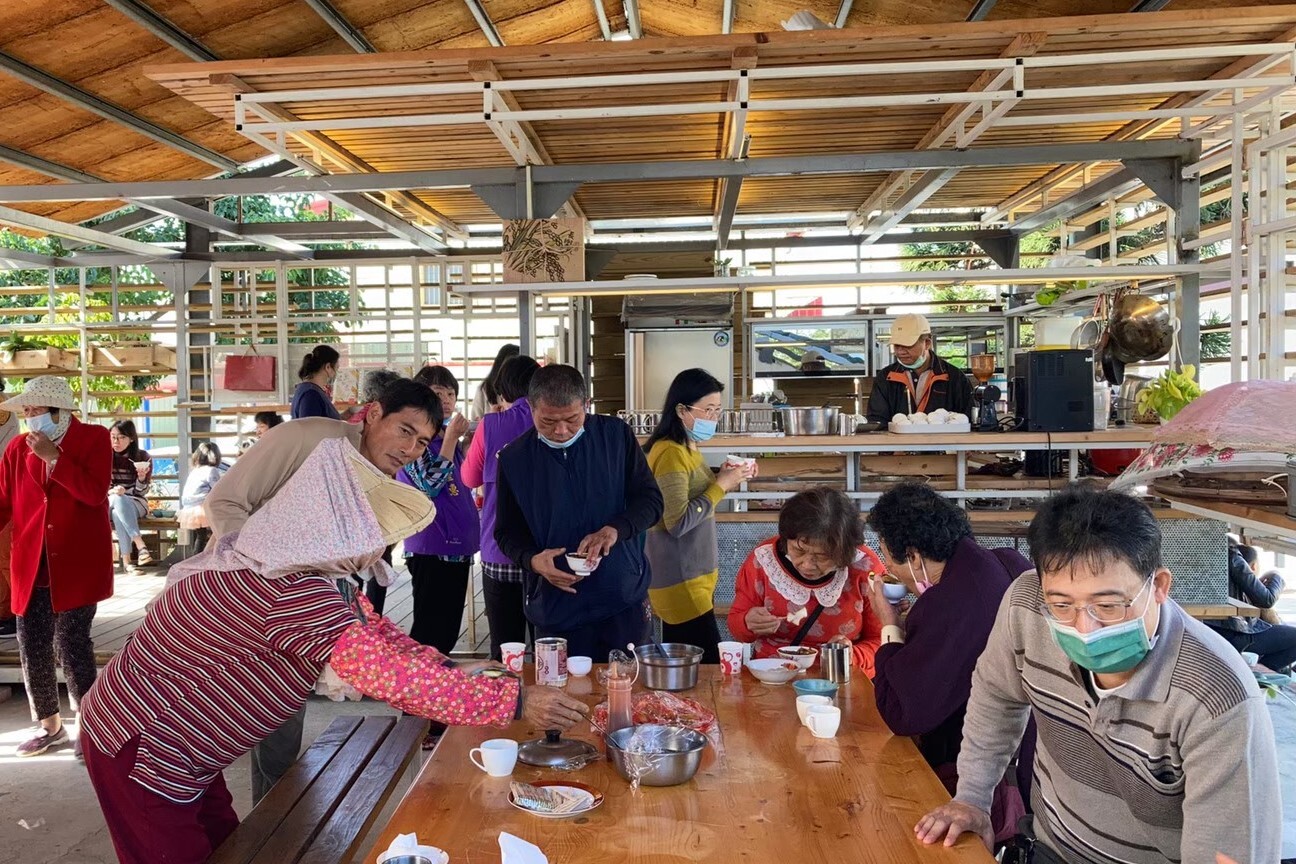
The team has transformed the Changduanshu park into a social gathering place where many local grandparents regularly meet up.
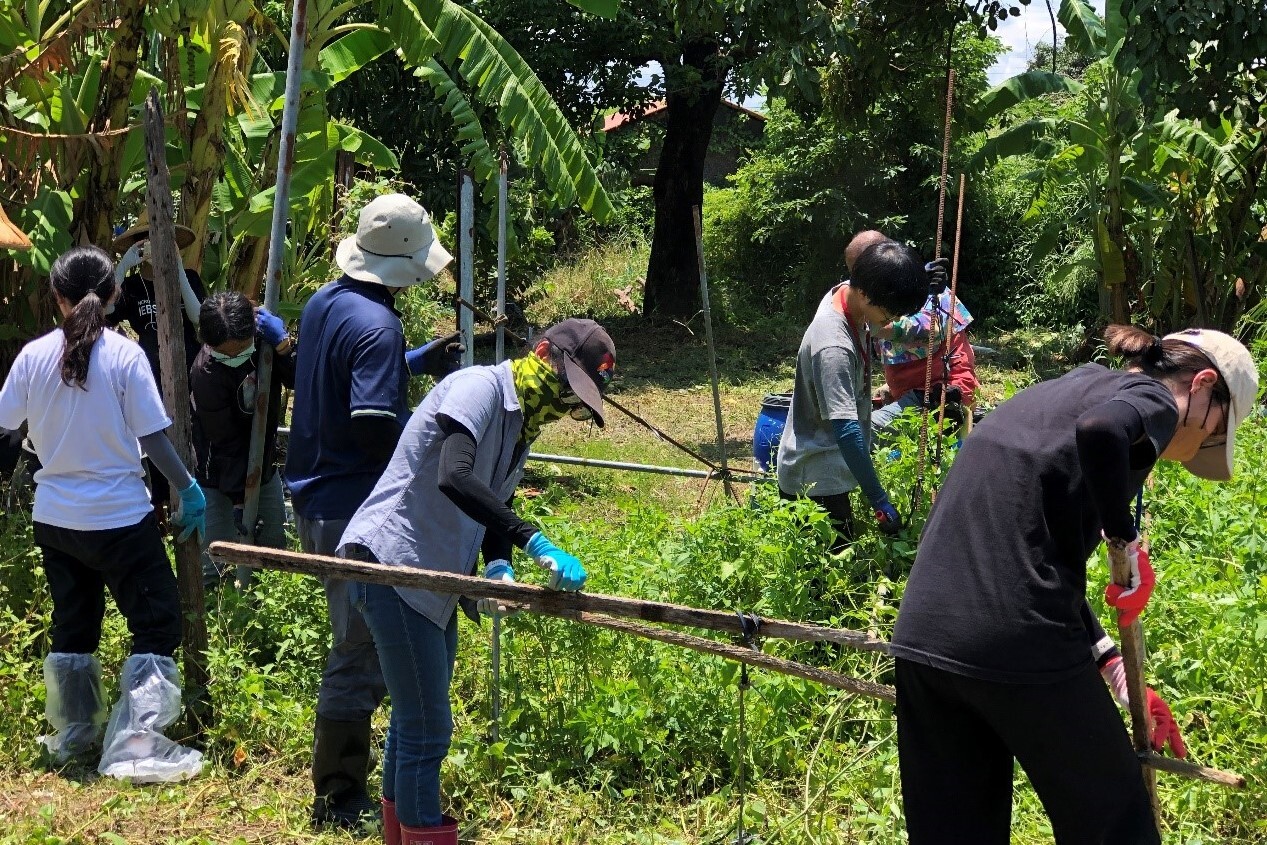
The course guides students directly into community spaces, from renovation to construction, allowing them to create their ideal utopia.
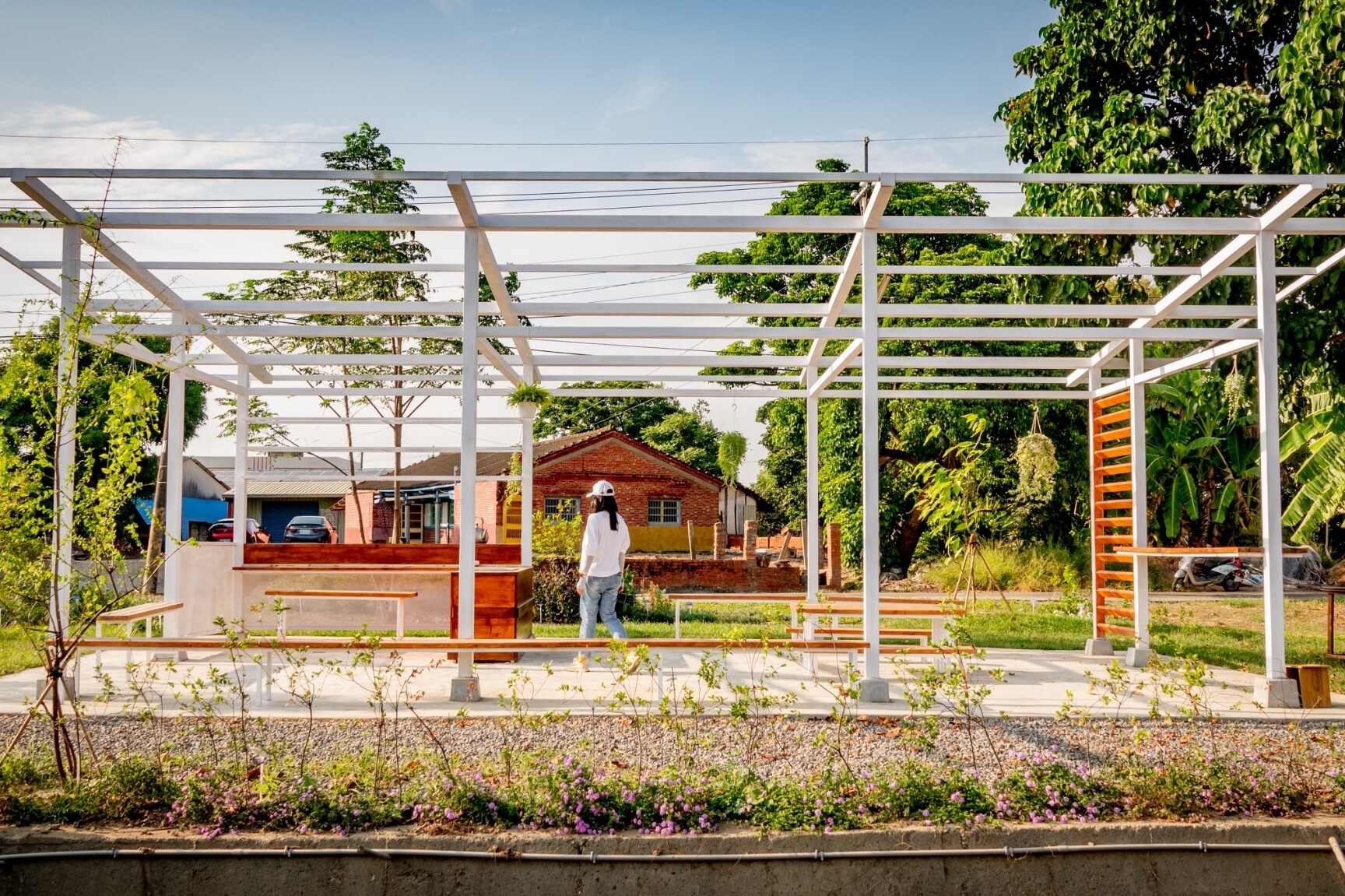
The team has renovated and transformed the green art embankment area.
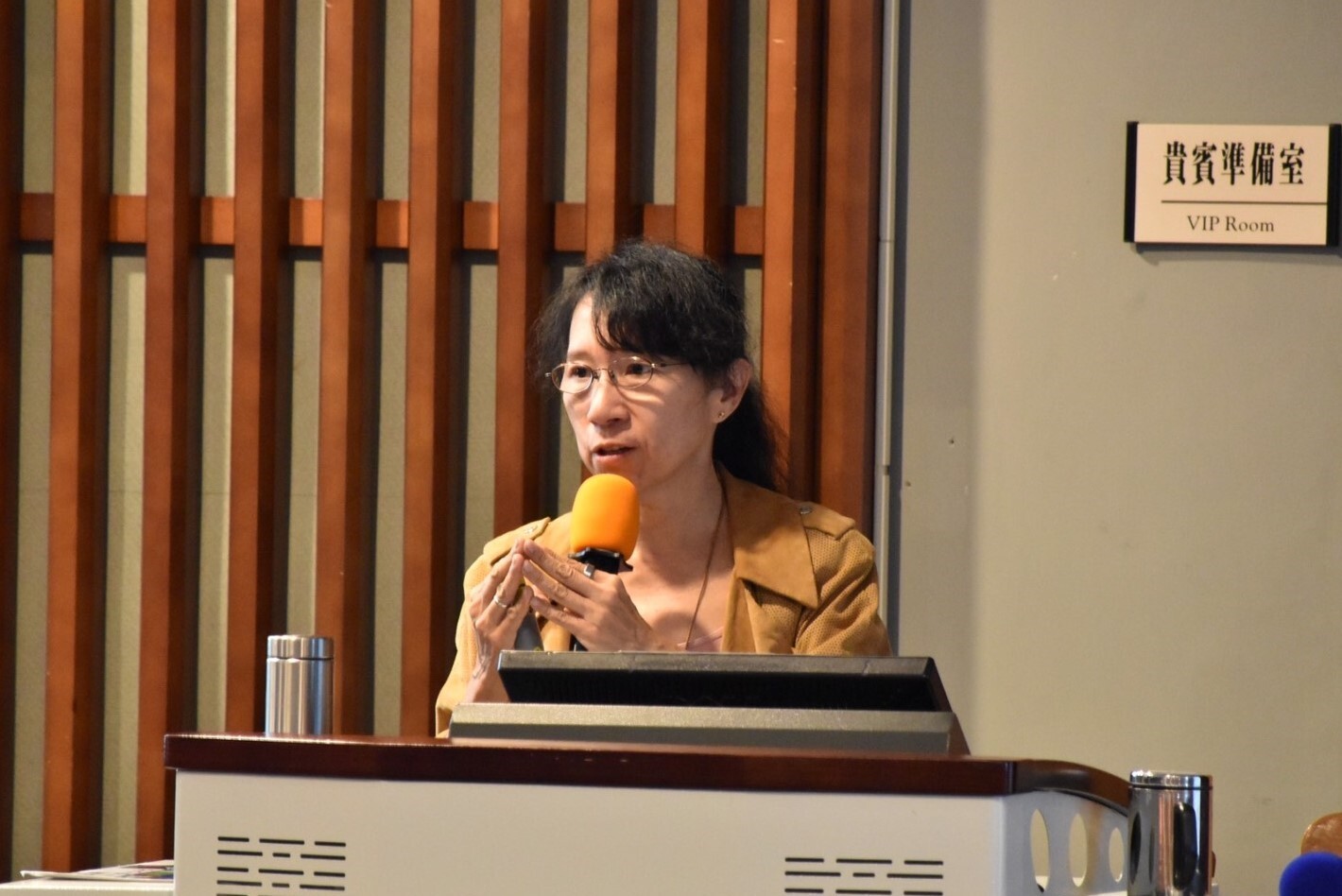
Professor Heng Zhang said that healing is returning to the fundamental state of being human, much like the process of calibrating instruments.


